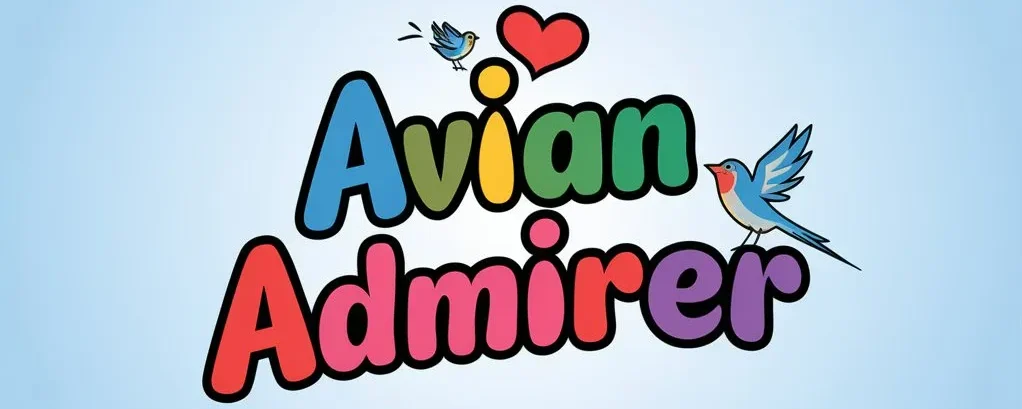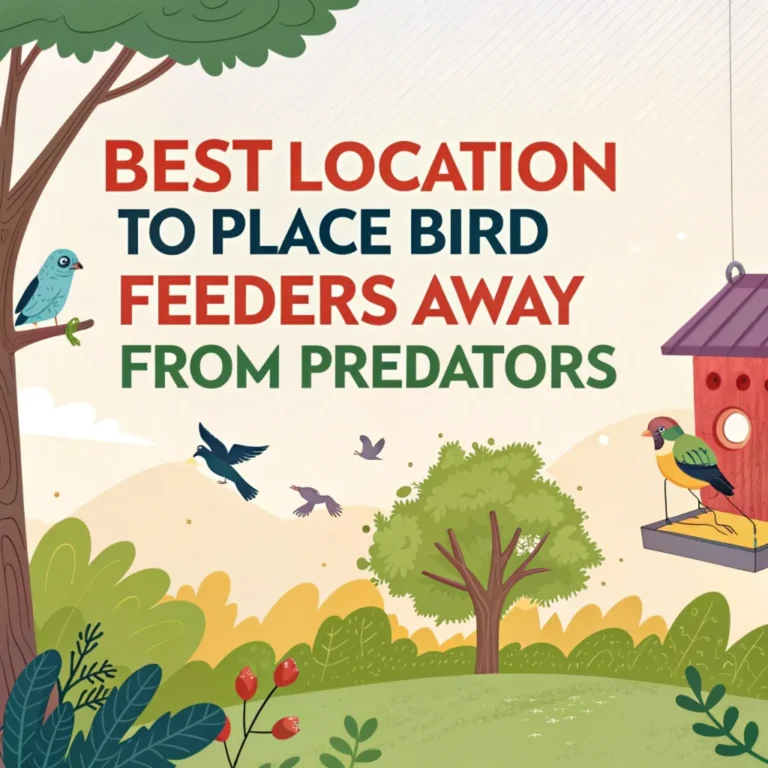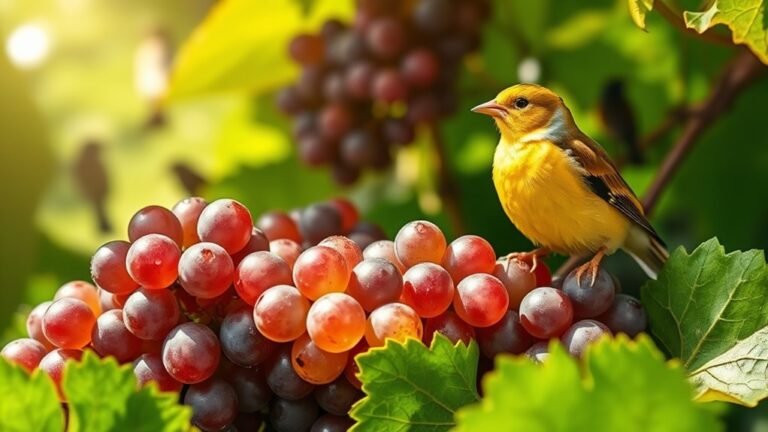How Do I Know If My Nest Box Location Is Safe for Birds?
To ensure your nest box location is safe for birds, evaluate several key factors. First, assess the risk of predators in the area. Look for animals that may threaten the birds. Next, consider the environmental conditions around the nest box. This includes protection from harsh weather and access to food sources.
Check the height of the nest box. It should be high enough to keep birds safe from ground predators but accessible for the birds themselves. Additionally, ensure the entrance is not too large, which could allow larger animals to enter.
By focusing on these important elements, you can create a safe and inviting habitat for birds.
Key Takeaways
- Check for local predators like raccoons and birds of prey. Place the nest box in a hidden area for safety.
- Look for a variety of plants, including trees and shrubs. This diversity helps birds feel secure.
- Put the nest box close to natural food sources. This supports adult birds and their chicks during nesting.
- Ensure the nest box gets morning sunlight and afternoon shade. This helps protect birds from heat.
- Watch bird activity around the nest box. This helps you see if there are any threats from predators.
Assessing Predator Risks
When choosing a location for a nest box, assess the risks from predators. These threats can affect bird survival.
First, identify local predators. Look for common threats like raccoons, cats, and birds of prey. Knowing which predators are nearby helps you plan effectively.
Next, think about ways to deter these predators. Place the nest box in areas with dense foliage for cover, and elevate it to keep it out of reach of climbing animals.
Use materials that make access difficult, like slippery surfaces, to improve safety.
Evaluating Environmental Conditions
To ensure successful bird nesting, evaluate the environmental conditions around the nest box.
First, check the habitat diversity in the area. A mix of trees, shrubs, and open spaces offers birds shelter and safety.
Next, look at the vegetation cover. Dense plants protect birds from predators and bad weather, creating a welcoming nesting environment.
Place the nest box where the nearby vegetation meets the needs of the bird species you want to attract.
Proximity to Food Sources
Placing your nest box close to food sources can attract more nesting birds. Birds need food to feed themselves and their young, especially during the breeding season. When food is nearby, birds are more likely to build nests close by.
To make your location more appealing, position your nest box near natural food sources. Good options include berry bushes, flowering plants, and trees that produce seeds and insects.
These areas help adult birds find food and provide essential nutrition for their chicks. By choosing a spot with plenty of food, you create an inviting environment that supports bird nesting and deepens your connection to nature.
Sunlight and Shade Considerations
Choosing the right amount of sunlight and shade for your nest box is important for its success. Place your nest box where it gets morning sun. This warmth helps the interior and encourages birds to start their day by foraging and caring for their young.
In addition, provide afternoon shade to protect the nest from excessive heat. Too much heat can stress adult birds and their chicks, which may lead to mortality.
To find the best spot, look for a location near trees or shrubs that can provide afternoon shade while still allowing morning sunlight. This careful placement creates a safe and welcoming environment for your feathered visitors.
Nest Box Height and Accessibility
The height of your nest box affects how easily birds can access it. Install nest boxes between 5 and 10 feet high, depending on the bird species you want to attract. This height keeps birds safe from predators while allowing them to enter and exit easily.
Choose durable materials that can withstand outdoor weather conditions. Avoid placing boxes too high, as this may discourage birds from nesting or make it hard for young birds to leave the box.
Avoiding Disturbance From Human Activity
To help birds feel safe in their nesting area, it's important to reduce human activity near the nest box. Loud noises and lots of people can scare them and disrupt their natural habits.
Here are some simple ways to minimize disturbances:
- Place the nest box far from busy paths.
- Limit how often you check the box during nesting season.
- Use barriers to block noise and foot traffic.
- Choose quiet times for observation.
- Teach others about the need to keep disturbances low.
Shelter From Harsh Weather
To protect nesting birds, it's important to minimize human disturbances and provide shelter from harsh weather.
First, consider wind protection. Place your nest box in a spot that's sheltered from strong winds. Nearby shrubs or trees can serve as natural barriers.
Temperature regulation is also crucial. Avoid locations that expose the nest box to extreme heat or cold. Look for areas that provide shade during peak sun hours and protection from chilly drafts.
Evaluate the microclimate of your chosen site, as it can affect bird nesting success.
Monitoring Bird Activity and Behavior
Monitoring bird activity and behavior is important for successful nesting. You can gather useful insights by observing bird behaviors. Watching the activity around your nest box helps you check its safety and appeal.
Here are some key points to consider:
- Count how often birds visit the nest box.
- Identify the types of birds using the box.
- Look for nest building behaviors.
- Observe interactions with possible predators.
- Note how birds respond to changes in their environment.
Frequently Asked Questions
What Materials Should I Use for Building a Nest Box?
For building a nest box, use untreated cedar or pine. These materials are strong and last a long time. Make the box about 6x6x10 inches. This size works well for most small birds. A good nest box provides a safe and cozy space for birds, which increases your chances of attracting them to your yard. Enjoy watching the birds as they visit their new home!
How Can I Attract Birds to My Nest Box?
To attract birds to your nest box, place bird feeders close by. Offer a variety of nesting materials, such as twigs and grass. This makes your yard inviting and encourages birds to check out your nest box for nesting.
What Birds Are Likely to Use My Nest Box?
Many birds, such as bluebirds and chickadees, commonly use nest boxes. These birds look for safe and sheltered places to build their nests. By watching the birds in your area, you can find out which species might be interested in your nest box. This can be a fun way to connect with nature and learn more about local wildlife.
When Is the Best Time to Install a Nest Box?
Install your nest box in late winter or early spring to attract more birds. This timing helps ensure that the box is ready for nesting when birds look for safe spots for their young. Following proper installation practices will make your nest box appealing to birds. Enjoy watching the activity as they settle in.
How Do I Clean and Maintain My Nest Box?
To clean your nest box, first remove old materials and disinfect the surfaces. Here are some maintenance tips:
- Inspect the box for any damage.
- Check that the drainage holes are clear.
- Reposition the boxes if needed.
Regular maintenance helps keep birds healthy and increases the chances of successful nesting. Taking these steps ensures a welcoming environment for your feathered friends.

Ava is a bird enthusiast and nature lover who has spent countless hours observing and learning about the fascinating world of birds. With a passion for sharing her knowledge and inspiring others to appreciate the beauty of birds, Ava writes about her experiences and insights on avianadmirer.com.







